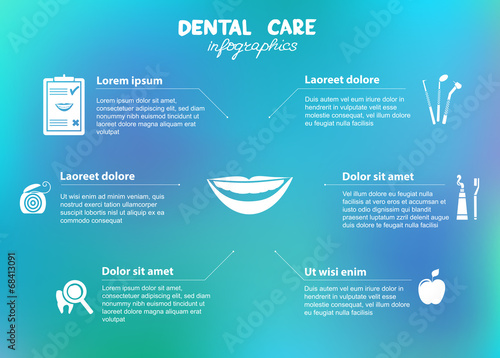Check Out The Pioneering Advancements That Are Transforming The Landscape Of Dental Surgery. Examine The Future Of The Area And Guarantee You Stay At The Forefront. Click Now For A Preview Of What Is Ahead
Check Out The Pioneering Advancements That Are Transforming The Landscape Of Dental Surgery. Examine The Future Of The Area And Guarantee You Stay At The Forefront. Click Now For A Preview Of What Is Ahead
Blog Article
Material By-Foldager Jonasson
Welcome to the globe of dental surgery, where technologies and developments are shaping the future of the area! In this exciting realm, you'll witness the transformative power of robotics, the advanced marvel of 3D printing, and the game-changing effect of minimally invasive methods.
The future of oral surgery holds a guarantee of accuracy, effectiveness, and boosted person results. With Read the Full Document of innovative robotics, surgeons have the ability to carry out complicated procedures with higher accuracy and control.
3D printing innovation is transforming the creation of oral implants and prosthetics, supplying tailored solutions that fit seamlessly right into each patient's special makeup.
Additionally, minimally intrusive methods are reducing post-operative discomfort and recovery time, allowing people to go back to their day-to-days live sooner.
Prepare yourself to check out the amazing developments and breakthroughs that are improving the landscape of oral surgery!
Innovations in Robotics
One significant advancement in dental surgery is using robot modern technology, which permits exact and effective operations. With the help of robotic systems, dental specialists have the ability to perform intricate surgeries with enhanced accuracy, lessening the threat of human error.
These robotic systems are furnished with advanced imaging technology and specific instruments that make it possible for specialists to browse through detailed physiological frameworks effortlessly. By using robotic innovation, surgeons can accomplish better medical precision, leading to boosted client results and faster recovery times.
In addition, the use of robotics in oral surgery permits minimally intrusive procedures, decreasing the injury to bordering tissues and advertising faster recovery.
3D Printing in Dental Surgery
To improve the area of dental surgery, you can check out the subtopic of 3D printing in dental surgery. This ingenious technology has the prospective to revolutionize the means oral surgeons operate and treat patients. Below are four vital methods which 3D printing is shaping the field:
- ** Custom-made Surgical Guides **: 3D printing allows for the production of highly exact and patient-specific medical overviews, improving the precision and efficiency of procedures.
- ** Implant Prosthetics **: With 3D printing, dental doctors can develop customized implant prosthetics that perfectly fit an individual's special composition, causing much better outcomes and client contentment.
- ** Bone Grafting **: 3D printing enables pediatric dental services manufacturing of patient-specific bone grafts, lowering the demand for typical grafting strategies and improving healing and recuperation time.
- ** Education and learning and Training **: 3D printing can be made use of to create sensible medical models for instructional objectives, permitting dental surgeons to practice complex procedures prior to performing them on patients.
With its possible to enhance precision, personalization, and training, 3D printing is an exciting growth in the field of dental surgery.
Minimally Invasive Techniques
To additionally progress the field of dental surgery, welcome the capacity of minimally intrusive methods that can substantially profit both surgeons and people alike.
Minimally intrusive strategies are changing the field by lowering medical trauma, decreasing post-operative discomfort, and accelerating the healing procedure. These techniques include making use of smaller sized incisions and specialized instruments to execute procedures with precision and performance.
By utilizing advanced imaging technology, such as cone beam of light calculated tomography (CBCT), specialists can accurately prepare and carry out surgical treatments with very little invasiveness.
Additionally, using lasers in oral surgery permits accurate tissue cutting and coagulation, causing minimized bleeding and decreased healing time.
With minimally invasive strategies, individuals can experience faster recuperation, reduced scarring, and improved end results, making it a crucial element of the future of dental surgery.
Final thought
So, as you can see, the future of oral surgery is unbelievably encouraging, with amazing technologies and advancements forming the area.
From the innovations in robotics to using 3D printing and minimally intrusive techniques, oral specialists are revolutionizing the way they supply care.
While some might worry about the prospective cost related to these improvements, it's important to remember that these innovations inevitably enhance patient outcomes and minimize recuperation time, making them well worth the investment over time.
